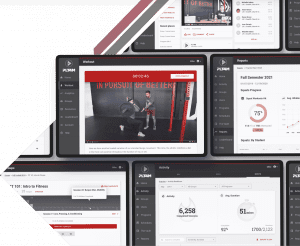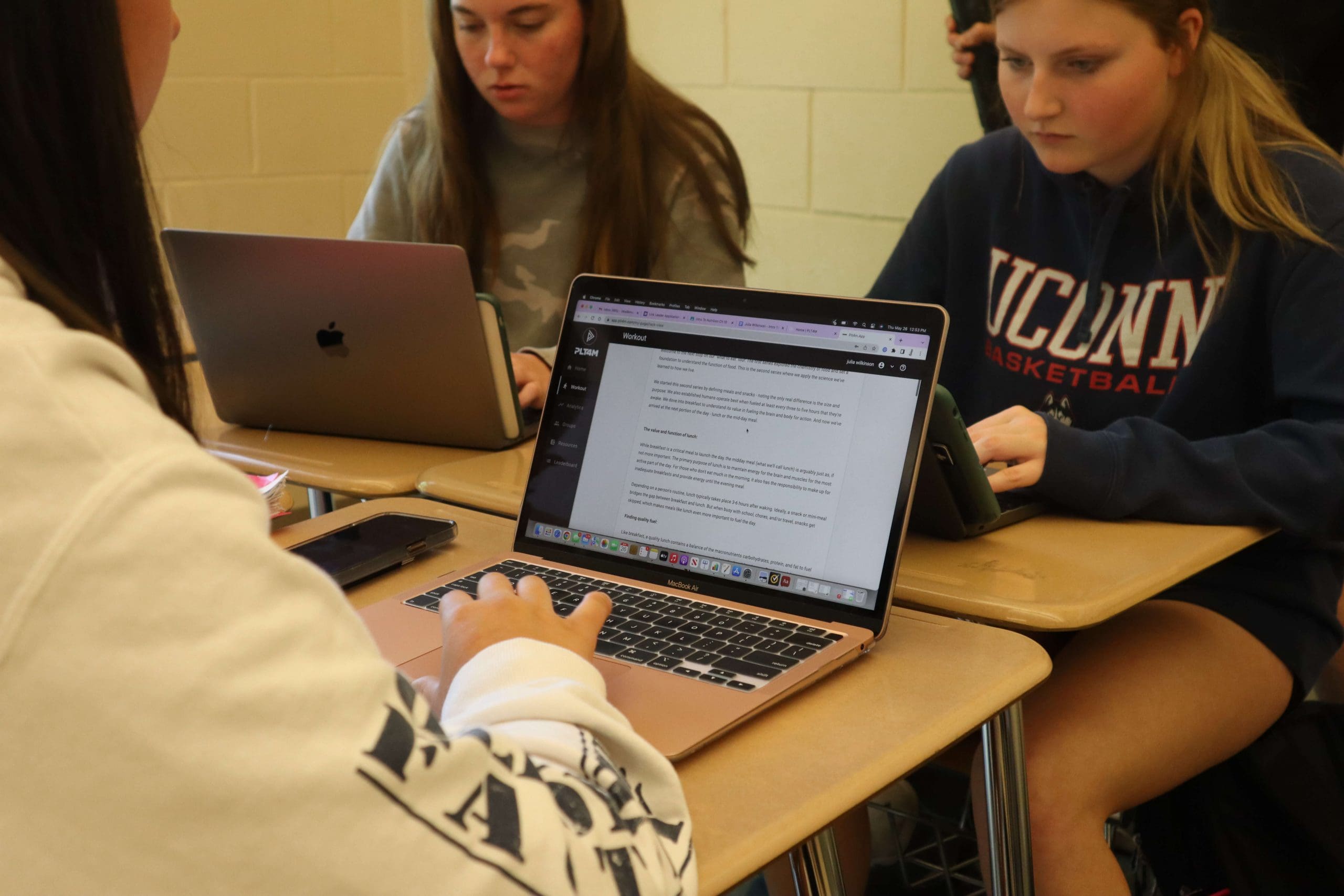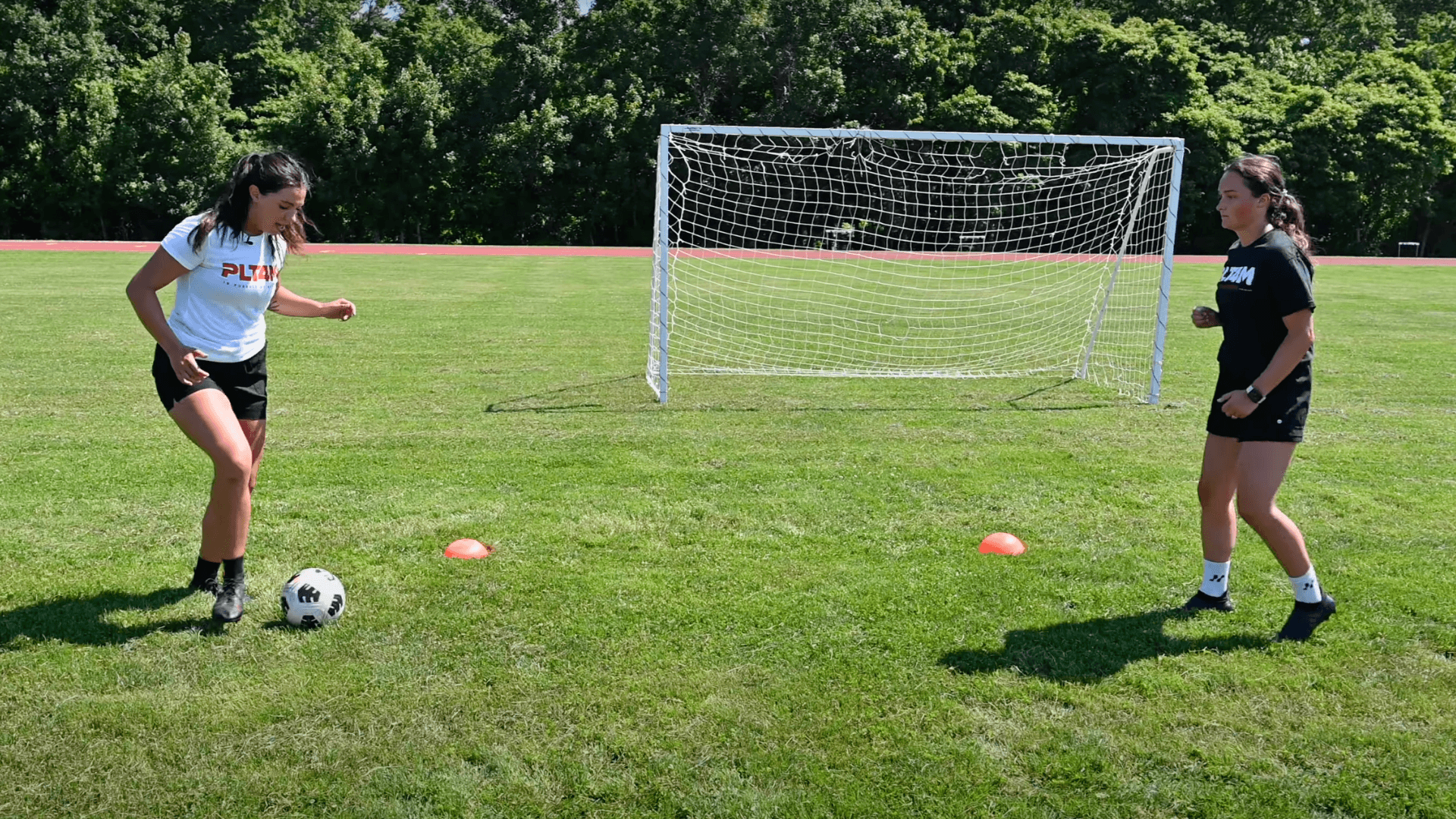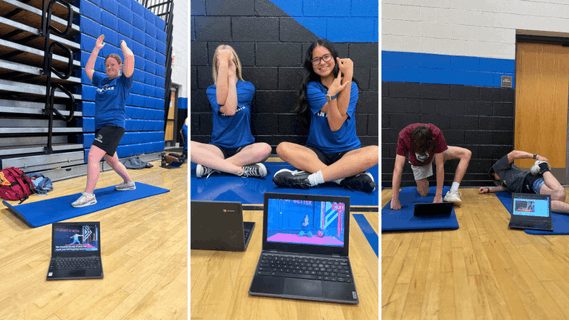Most students need help knowing where to begin when it comes to setting goals in physical education. SMART goals for PE give a great structure and outline to allow every student to set challenging yet attainable goals within physical activity and overall health.
What are SMART goals?
Goal setting is a skill that takes practice. Often, people find themselves setting bigger goals that can take time to achieve. And while dreaming big with goals is good, setting realistic goals with structure can help to make better long-term progress. SMART goals help to do that.
SMART goals have been around since the 1980s. First introduced by George Doran, Arthur Miller, and James Cunningham, SMART goals outlined a mnemonic acronym to help with goal setting.
- Specific
- Measurable
- Attainable
- Relevant
- Time-based
This popular goal setting strategy allows a framework for effective goal setting in any area of life. As a result, SMART goals have become increasingly popular in business, education, fitness, and personal life. This article will explore fitness, physical activity, and physical education SMART goals.

SMART Goals For Physical Education
For many students, PE classes can often need more context. Students show up, do a physical activity, and then go on with the rest of their day. And it can leave many students asking, “what is the point of this?”
Goal setting can help to contextualize PE classes. It can move physical activity from feeling like a chore and put it into the bigger picture of overall health and wellness for students.
But PE classes should not have a one-size-fits-all approach to setting goals. In the past, students have been tasked to set goals based on their peers or national averages.
For example, all 10th graders at school could be told their goal for a mile should be 10 minutes or faster by the end of the semester. This would not be considered a SMART goal for PE. Using the SMART principle, while it is specific (S) and measurable (M), and Time Based (T) – for many students, it is far from attainable (A) or relevant (R).
While the spirit of the goal is to improve students’ cardiovascular health and aerobic capacity, it doesn’t meet students where they are at on their fitness journey. Using SMART goals for PE, we can take a student-centered learning approach and make setting SMART goals a rewarding activity for every student.

Physical Education Smart Goal Examples
By using SMART goals for PE, students can take ownership of their fitness levels and goal setting. Using the mile time from above, PE classes can still certainly assess the mile in class. First, take an initial mile assessment as a baseline. Next, students can be encouraged to set a SMART goal for PE with their initial mile time.
Now, a student who started with a 13:00 mile time can set a personal SMART goal for PE class.
Example:
Specific: I want to improve my mile time by 1 minute (12-minute mile).
Measurable: We will retest the mile throughout the semester using a stopwatch and timing system.
Attainable: I will take physical education class 5 days a week and work hard in class to get into better shape.
Relevant: I want to improve my mile time because I want to try out for the soccer team next year and I want to be in better shape for tryouts.
Time-Based: We will retest the mile in the 7th and 14th week of the semester.
With the integration of setting SMART goals, now the student who improves by an entire minute can feel proud of their accomplishment. If the student were still operating in the old model, their 12-minute mile time would still be considered a “failure” if they were given the blanket 10 minute class-wide goal.
Free Fitness Lessons For P.E. Classes
Looking to branch out from the traditional games based P.E model? These 15 ready to go lessons can help!
Physical Education SMART Goal Examples Continued – Specific Goals
While we just outlined a SMART goal for PE in the mile, students should have the opportunity to set their own fitness goals. For example, a student might not be interested in improving their mile but instead want to focus on other domains like muscular strength, muscular endurance, flexibility, losing weight, or any other fitness or health goals. They may even want to learn a new activity like yoga, dance, or boxing. And that is okay! SMART goals can be applied to any of these!
By starting with a comprehensive assessment system, students will get baseline metrics in a variety of different fitness domains. Next, they can use SMART goals for PE class to identify what interests them. This will empower students to take ownership in PE classes and motivate them to know they are in class and on a mission.
The best place to start is by helping students to identify specific goals. For example, many students will likely say they want to “get in better shape,” and while that is a great long-term goal, it is not specific. Instead, help students identify what they need to do in the form of short-term goals and align them to the SMART goals for PE model.
With this structure in place, great conversations can happen about all the different components of fitness and what goals and strategies can help to achieve better fitness levels. Better yet, if you are helping students to set up specific goals that are also attainable, they will start to feel and celebrate the success that comes from PE classes.
PE Smart Goals & Technology
One of the biggest challenges of creating SMART goals for fitness testing is keeping goals measurable (m) and time-based (t).
When it comes to measurement, you need a place to track and log any type of assessment or test result. Additionally, you need to carve out class time for many of these assessments. Both of these tasks can seem time-consuming and daunting when looking at large PE classes. But it doesn’t have to be complicated!
Technology integration can empower PE smart goals to be organized, efficient, and manageable. For example, using PLT4M’s app, students can log and enter data independently. This allows them to take ownership and remove the need for the teacher to be the “gatekeeper” of SMART goals for PE. Now, the students can monitor and view their own data via graphs and charts. Additionally, teachers have a centralized hub to check in on all their students.
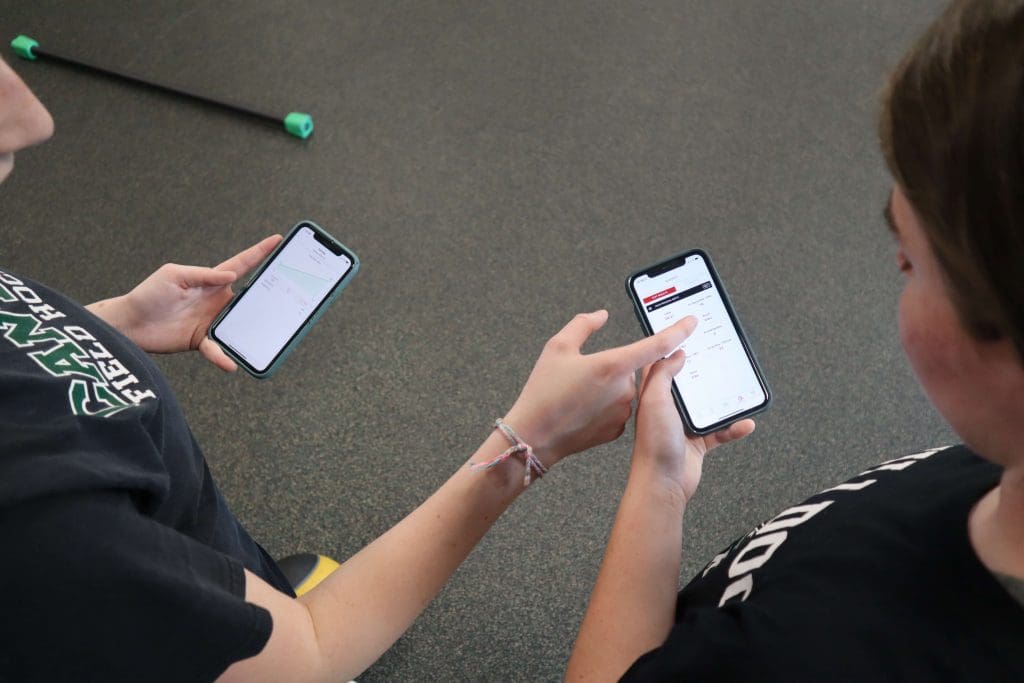
Ready to Learn More?
Schedule a free 10 minute consultation to see how the PLT4M system can help save you time, and empower student learning!
Key Takeaways on Smart Goals For Physical Education
In a world of instant gratification, goal setting is more important than ever. Students want to see results immediately, and when they don’t, they can become frustrated or discouraged. But by using SMART goals for PE, students can start having a clear vision of how to set short-term goals that can start to impact the bigger goals they have in their lives.
Keep it simple and start small. It can be one SMART goal for PE students to start, and you can grow to have more goals as students get comfortable with this goal-setting process.
SMART goals for PE puts students in the driver’s seat of their fitness journey. But, more importantly, it makes physical education more than just a class in the day, but a place to make tangible progress. When we can put PE classes into that perspective, students will become more engaged, motivated, and inspired to be in physical education classes.


